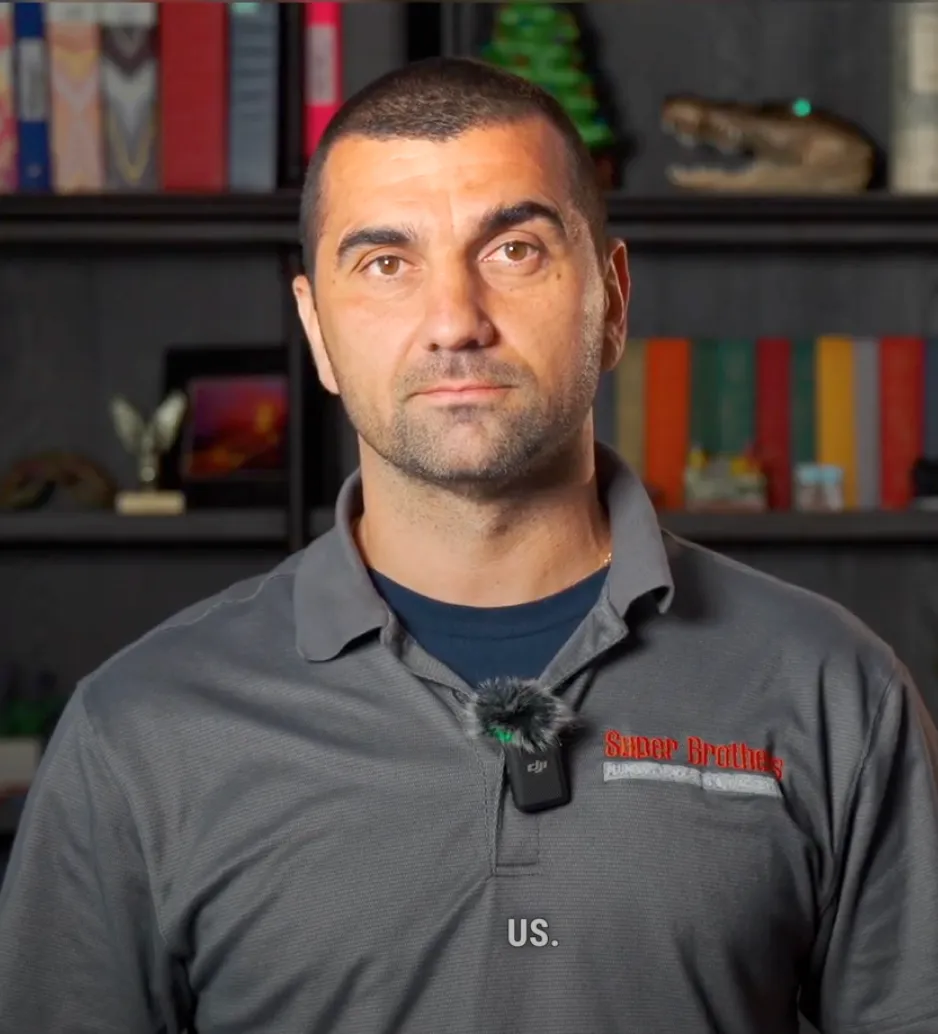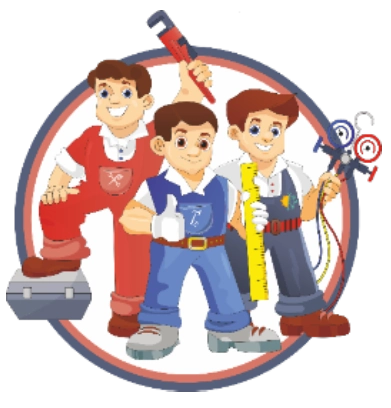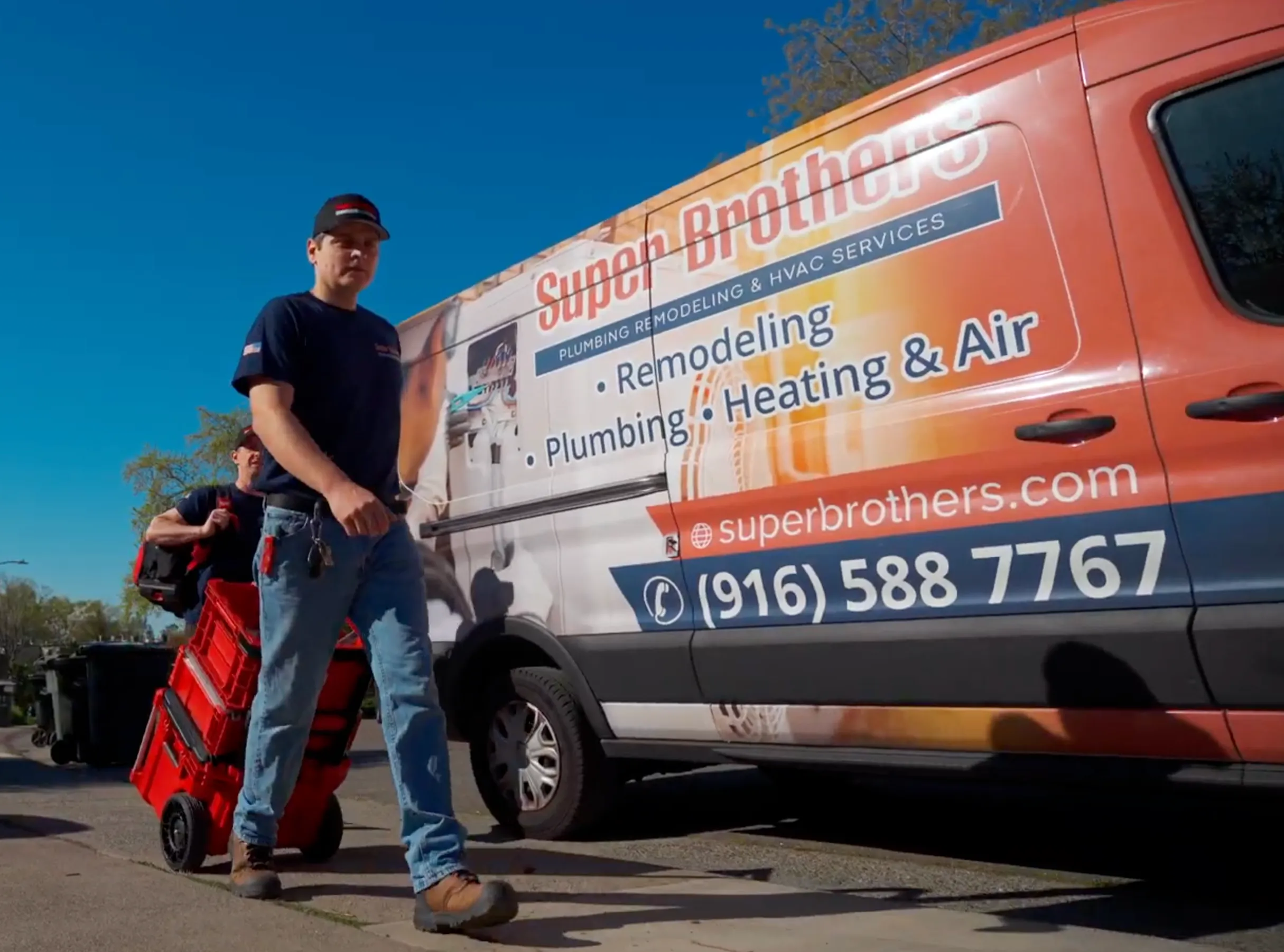Did you know that residential propane gas installation can increase the value of your property, home, by up to 5%? Whether it’s for a cozy fireplace, outdoor kitchen, reliable heating system, or propane gas line installation, house connection offers versatility and cost-effectiveness. In this post, we’ll delve into the benefits of residential propane gas installations and why they’re becoming increasingly popular among homeowners. From BBQ gas line installation to powering water heaters, propane is a clean-burning energy source that provides consistent performance even in extreme weather conditions at home. We’ll explore the safety measures involved in installing and maintaining gas systems in the home while highlighting their environmental advantages.

Understanding Gas Line Installation Costs
Factors Influencing Costs
Several factors impact the cost of installing propane gas lines. Key determinants include:
- Distance: The distance between the propane tank and the appliance, such as a BBQ grill or residential heating system, significantly affects cost. Longer distances require more materials and labor, increasing the overall installation expense.
- Terrain and Obstacles: The type of terrain and any obstacles along the gas line route also influence costs. Features like trees, rocks, and concrete pathways can necessitate additional excavation work, raising installation costs.
- Local Regulations and Building Codes: Compliance with local regulations and building codes can impact costs. Different areas have varying safety standards for gas line installations, which may involve obtaining permits or hiring licensed professionals.
Average Cost Range
The average cost for BBQ gas line installation typically ranges from $500 to $2,000. This estimate covers basic installations over shorter distances with minimal obstacles. Costs may exceed this range for longer distances or more challenging terrains due to increased material and labor needs.
For residential propane gas line installations for heating systems, stoves, or dryers, the average cost generally falls between $1,000 and $5,000, depending on the same factors affecting BBQ installations.
Additional Expenses
In addition to direct installation costs, homeowners should be aware of potential additional expenses:
- Permit Fees: Local authorities often require permit fees for new gas line installations. These fees should be factored into the overall budget.
- Landscaping Repairs: Excavations for gas line installations can disturb lawns or gardens, necessitating landscaping repairs post-installation.
Residential Propane Gas Line Installation Steps
Step-by-Step Guide
Installing a propane gas line in a residential property involves several critical steps to ensure safety and efficiency:
- Locate the Main Gas Line: Identify where the main gas line enters your home from the street. This will be your starting point.
- Shut Off the Gas Supply: Turn off the gas supply at the meter to prevent any potential hazards during the installation.
- Prepare the Work Area: Clear any debris or obstructions from the area where you’ll be working to ensure a clean and safe environment.
- Measure and Cut Piping: Accurately measure and cut the piping needed to connect your propane tank to the home’s main gas line.
- Assemble the Piping: Use appropriate fittings and connectors to secure each section of pipe. Ensure all connections are tight and free from leaks.
- Test for Leaks: After assembly, test all connections for leaks using a solution of soapy water. Look for bubbles forming at any leak points.
- Obtain Necessary Permits: Ensure you have all required permits before starting your installation. Check with local authorities or homeowner associations about specific regulations for residential propane gas installations in your area.
Safety Precautions
Safety is paramount when installing propane gas lines. Follow these precautions:
- Turn Off Pilot Lights: Before starting the installation, turn off all pilot lights on appliances that use natural gas or propane.
- Wear Protective Gear: Use gloves and eye protection when handling pipes and fittings to avoid injuries.
- Avoid Open Flames: Do not use an open flame near potential gas leaks. Opt for battery-operated tools to reduce risk.
- Consult Professionals: For added safety, consider hiring a professional plumber or technician experienced in propane systems.
Common Challenges and Troubleshooting Tips
Despite the straightforward nature of installing residential propane systems, you might encounter challenges. Common issues include:
- Sealing Connections: Difficulty in sealing connections may arise from improper threading or over tightening of fittings.
Troubleshooting Tips:- Check Connections: Double-check all connections for proper alignment.
- Use Thread Sealant: Apply thread sealant specifically designed for propane systems.
- Detecting Leaks: If visual inspection fails, use a handheld electronic leak detector to identify even tiny leaks along joints.
BBQ Gas Line Installation Guide
Detailed Instructions
- Locate the Main Gas Line: Identify where the main gas line enters your home. This will be your starting point for the installation.
- Shut Off the Gas Supply: Turn off the gas supply at the meter to ensure safety during the installation process.
- Measure and Cut the Pipe: Accurately measure the distance from the main gas line to the BBQ grill location. Cut the pipe to the appropriate length using a pipe cutter.
- Attach Fittings: Use a pipe wrench to securely attach the necessary fittings to the pipe. Ensure that all connections are tight to prevent leaks.
- Test for Leaks: Apply a soapy water solution to all connections. Look for bubbles to identify any leaks and correct them before proceeding.
- Follow Building Codes: Adhere to local building codes and regulations throughout the installation. Use materials such as black steel or flexible copper piping that are specifically designed for propane gas lines.
- Secure All Connections: Double-check that all connections are tight and secure before turning the gas supply back on.
Necessary Tools and Materials
- Tools: Pipe cutter, pipe wrenches, adjustable wrenches, Teflon tape or joint compound, soap solution for leak testing, safety goggles.
- Materials: Black steel pipes or flexible copper tubing (based on local codes), flare fittings or compression fittings suitable for propane applications.
Having the right tools and materials on hand ensures a smooth installation process and compliance with safety standards.
Tips for Maintenance
- Regular Inspections: Periodically check all connections for signs of wear or damage. Replace any damaged components promptly to maintain system safety.
- Protect Exposed Piping: Install protective barriers around exposed pipes to prevent physical damage. Consider applying rust-resistant paint to outdoor pipes to guard against corrosion.
- Keep Vegetation Away: Ensure that vegetation does not grow near the outdoor piping. Roots can cause damage over time and lead to potential leaks.
- Routine Checks: Regularly inspect your BBQ gas line system to prevent accidents and ensure that your equipment functions correctly.
Propane Tank Sizes and Service Considerations
Residential Propane Tank Sizes
Propane tanks come in various sizes to suit different residential needs, including 20-pound, 33-pound, and 100-pound options. The tank size you choose should reflect your usage frequency, the number of appliances, and available installation space.
- 20-pound tanks are ideal for occasional use or portable grills.
- 100-pound tanks are better for homes with multiple propane appliances or higher consumption rates.
Selecting the right size ensures a steady supply without frequent refills.
Factors to Consider
When choosing a propane tank, consider the total BTU (British Thermal Unit) requirements of your appliances and the space available for installation. Also, account for potential future needs to avoid outgrowing your tank.
Service Options and Maintenance
Propane suppliers often provide regular delivery services to refill your tank based on usage. Regular inspections by professionals are essential for safety and efficiency, checking for leaks, corrosion, pressure levels, and secure connections. Routine maintenance helps prolong the lifespan of your propane system and reduces safety risks.
Propane Tank Installation Process and Regulations
Step-by-Step Guide
Installing a residential propane gas line involves key steps to ensure safety and compliance:
- Tank Location: Choose a location that complies with local regulations and safety codes.
- Excavation: Dig a trench or base for the tank to ensure a stable foundation.
- Placement: Position the tank on a concrete pad or blocks.
- Connection: Link the tank to the main gas line.
- Pressure Testing: Conduct pressure tests to check for leaks and ensure system functionality before covering any components.

Safety Regulations and Permits
Following safety regulations and obtaining necessary permits are crucial:
- Compliance: Adhere to local codes regarding tank placement relative to buildings and property lines.
- Ventilation: Ensure proper ventilation for outdoor installations.
- Permits: Secure permits from local authorities to meet safety standards and avoid legal issues.
Common Mistakes to Avoid
Avoid these common installation errors:
- Ignoring Regulations: Failing to follow local codes for tank placement can lead to legal and safety issues.
- Skipping Pressure Tests: Not performing thorough pressure tests before backfilling can result in undetected leaks and hazardous conditions.
Key Factors Affecting Gas Line Installation by Appliance
Factors Affecting Gas Line Requirements
The requirements for gas lines vary by appliance, influenced by the type, distance from the main gas source, and the total BTU (British Thermal Unit) load. For example, a residential stove needs a smaller gas line compared to a high-BTU outdoor grill. Whether installing new gas lines or connecting to existing ones, careful planning is essential for safety and efficiency.
Sizing Considerations for Different Appliances
Proper sizing is crucial. Larger appliances, like water heaters, require higher BTU inputs and thus larger gas lines, while smaller appliances, like cooktops, need smaller lines. Undersized lines can cause poor performance and safety issues, while oversized lines may lead to excessive pressure drops and inefficient operation.
Importance of Professional Evaluation
A professional evaluation is essential before installation. Qualified experts ensure compliance with local codes, assess pipe material compatibility, and tailor installations to specific appliance needs, including pressure ratings and venting arrangements.
Labor and Material Costs for Gas Pipe Installation
Breakdown of Costs
Labor costs depend on project complexity. Residential propane installations are more labor-intensive than simple BBQ gas lines. Local gas companies usually charge hourly rates covering installation, site surveys, and safety compliance.
Material Costs
Material costs vary by pipe type and project specifics. Black steel pipes typically cost $1 to $2 per foot, while flexible copper ranges from $4 to $15 per foot. Polyethylene pipes are similarly priced but may offer cost savings due to easier handling. Obtain multiple estimates to compare labor and material costs before starting your project.
Maintenance and Safety of Propane Systems
Essential Maintenance Tasks
Regular maintenance is crucial for safe propane system operation. Key tasks include:
- Inspecting for Gas Leaks and Corrosion: Regularly check for leaks and corrosion, and schedule professional inspections to ensure all components, like regulators and valves, are in good condition.
- Cleaning BBQ Gas Lines: Keep BBQ gas lines clear of debris and overgrown plants. Any system modifications should be done in compliance with local regulations and with the necessary permits.
- Prolonging System Lifespan: Address minor issues promptly to avoid costly repairs or replacements.
Signs of Potential Issues
Be alert for signs of trouble, such as:
- Rotten Egg Odor: Persistent odor near the tank or appliances could indicate a gas leak.
- Hissing Sounds: Hissing near the tank or when turning on appliances might signal a leak or other issue.
- Unexplained Increase in Energy Bills: This may indicate inefficiency or problems with your propane system.
Safety Precautions
Follow these safety measures to protect yourself and others:
- Proper Storage: Store propane tanks outdoors in well-ventilated areas. Avoid indoor or enclosed storage.
- Emergency Response: Know how to quickly shut off the main supply valve in case of emergencies.
Summary
Understanding the costs, installation steps, and regulations for propane gas lines is essential. Proper maintenance and safety precautions ensure a reliable and efficient propane system for both residential and BBQ use. Consult with professionals to ensure a compliant installation and address any issues promptly to maintain safety and performance.



